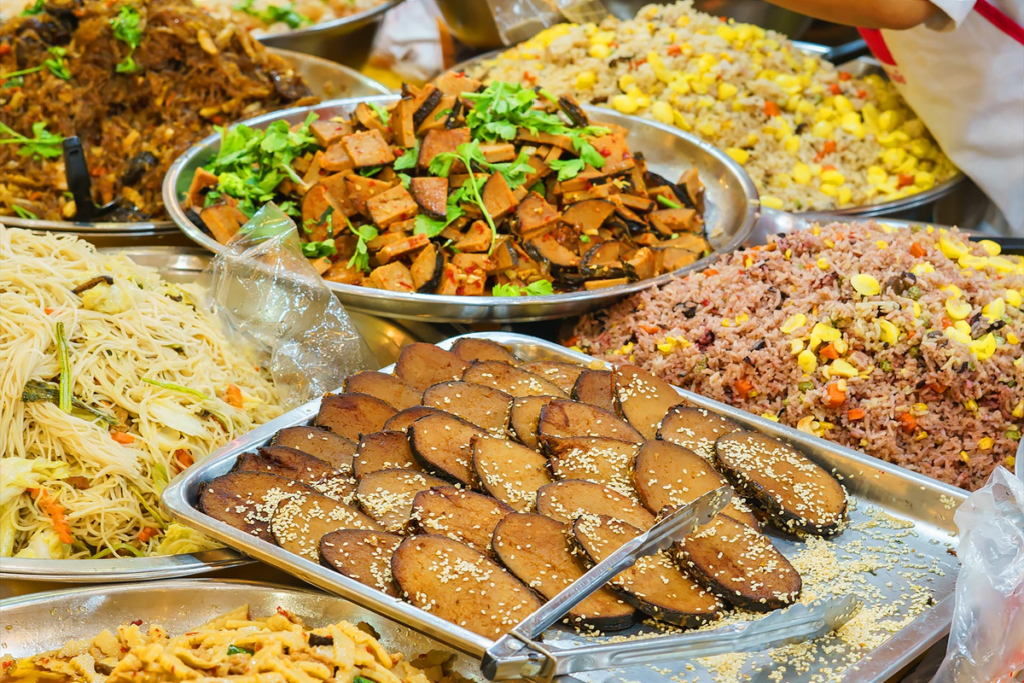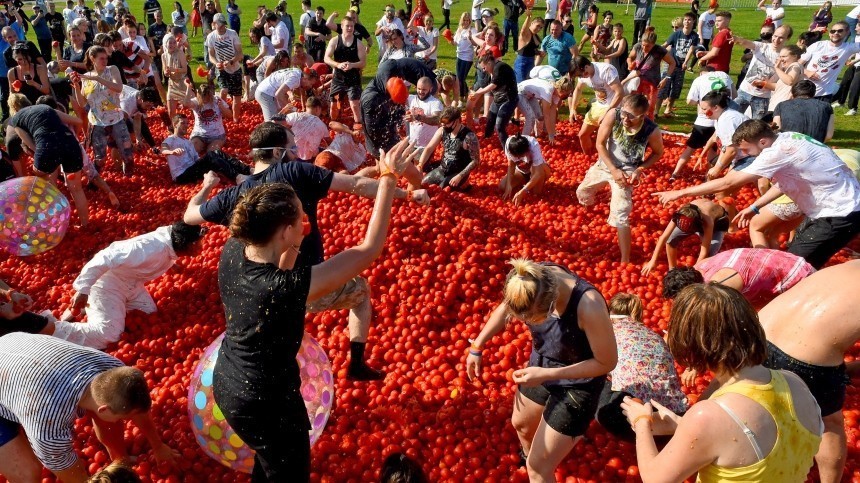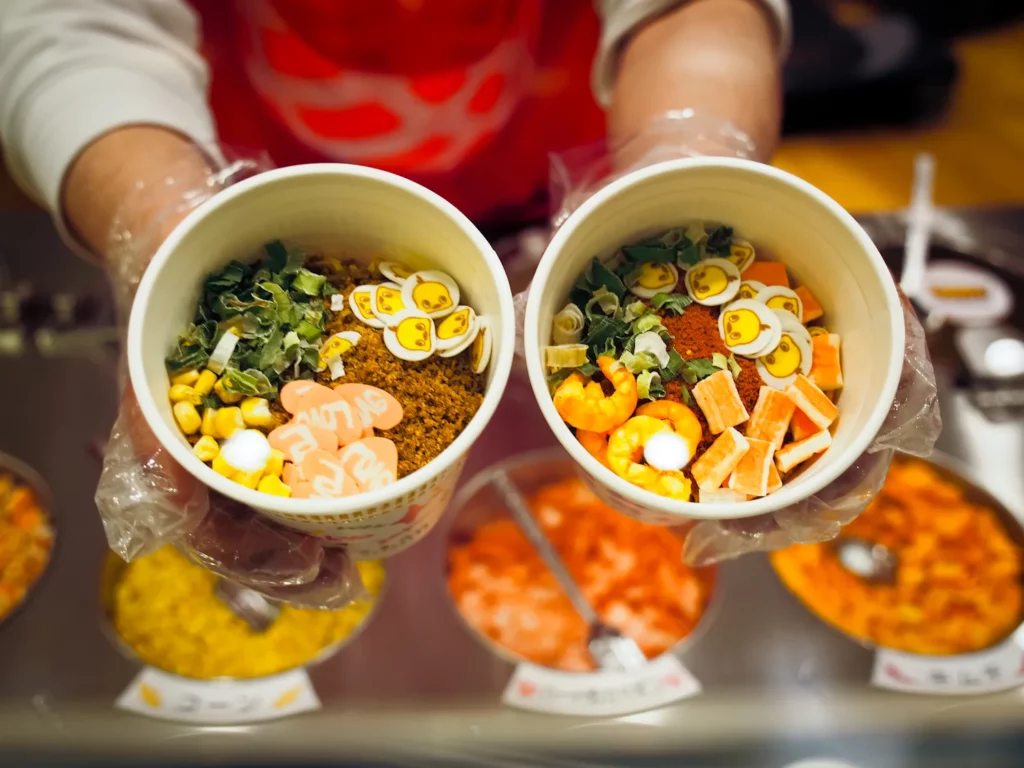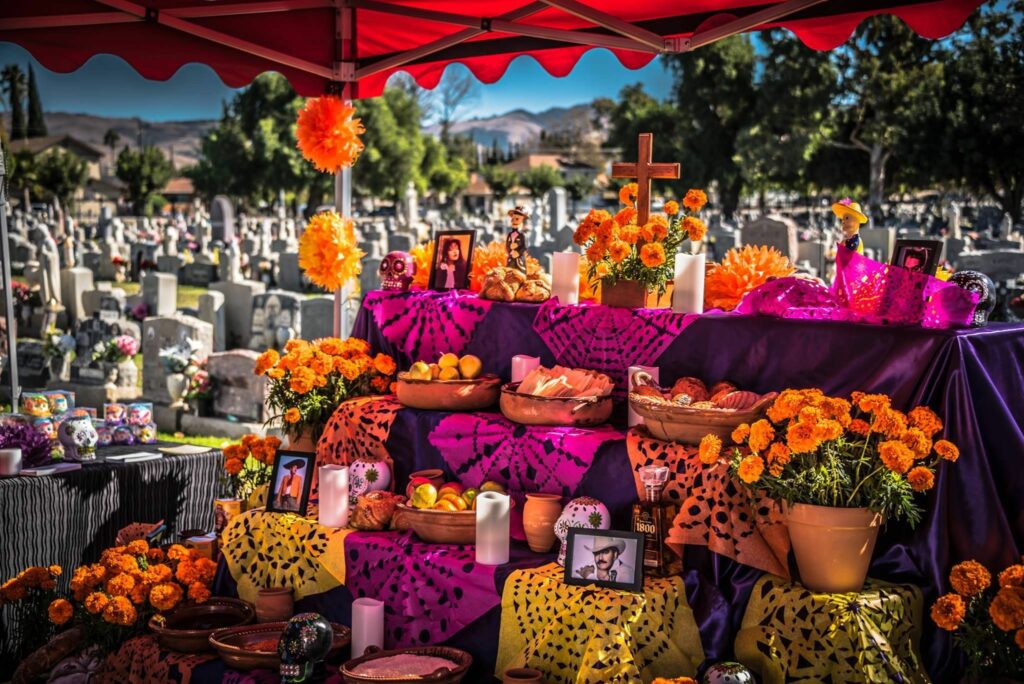Food festivals offer a unique way to explore the culinary traditions of different cultures, often showcasing local specialties and creating a festive atmosphere that celebrates food in all its glory. From Italy’s truffle hunting festivals to Thailand’s vegetarian celebrations, these events are much more than just a feast—they are deeply rooted in the cultural identity and history of the regions where they are held.
Italy’s Truffle Hunting Festivals

Italy is renowned for its truffles, those prized fungi that grow in the forests and are sought after by gourmet chefs worldwide. In regions like Piedmont and Tuscany, truffle hunting festivals are a major attraction. The Alba White Truffle Festival in Piedmont, for instance, is one of the most prestigious events dedicated to this rare delicacy. Held every autumn, the festival includes truffle markets, auctions, and even truffle hunting expeditions led by trained dogs. The highlight is undoubtedly the opportunity to savor dishes infused with fresh truffles, whether it’s a simple pasta dish or a more elaborate gourmet creation.
These festivals are not just about eating; they offer visitors a chance to learn about the intricate process of truffle hunting and the deep connection between the land and its products. The truffle, often referred to as “the diamond of the kitchen,” plays a central role in the region’s culinary identity, and the festivals celebrate this bond between nature and cuisine.
Thailand’s Vegetarian Festival

On the other side of the world, Thailand hosts the Phuket Vegetarian Festival, a nine-day event that combines food with religious rituals. Held annually in October, this festival is rooted in the Chinese community’s belief in the purification of both mind and body. During the festival, participants abstain from eating meat, and the streets of Phuket are filled with stalls offering a variety of vegetarian and vegan dishes.
But what makes this festival truly unique is the spiritual aspect. Devotees perform extreme acts of self-mortification, such as walking on hot coals or piercing their bodies with sharp objects, as a way to invoke the gods. This striking contrast between the peaceful, meat-free meals and the intense religious ceremonies creates a powerful and unforgettable experience for visitors.
The food, however, remains the heart of the festival. Dishes such as mock meats, tofu-based curries, and stir-fries are prepared with a blend of local spices, offering a flavorful exploration of vegetarian Thai cuisine.
Spain’s La Tomatina

While some food festivals are about savoring, others are about getting messy—very messy. La Tomatina in Buñol, Spain, is the world’s largest food fight, where thousands of participants throw overripe tomatoes at each other in the streets. Held annually in August, this chaotic event is not so much about eating as it is about sheer fun and tradition.
La Tomatina started in 1945 as a spontaneous street brawl and has since grown into an internationally famous event. Although the festival itself lasts only a couple of hours, the town of Buñol embraces the excitement with pre- and post-festival celebrations, including parades, music, and plenty of Spanish food to refuel after the tomato-throwing frenzy.
Japan’s Ramen Expo

In Japan, ramen is more than just a popular dish—it’s a cultural icon. The Tokyo Ramen Show is an annual event that brings together ramen shops from across the country to showcase their unique takes on this beloved noodle soup. Held in Tokyo, this festival features dozens of ramen varieties, from traditional shoyu (soy sauce) and miso-based broths to innovative versions incorporating unexpected ingredients.
Visitors can sample bowls of ramen from different regions, each offering a distinct flavor profile. The festival is a testament to Japan’s culinary creativity and the diversity within a single dish. It’s not just about slurping down noodles; it’s about experiencing the regional variations and craftsmanship that go into making the perfect bowl of ramen.
Mexico’s Day of the Dead Food Festivals

In Mexico, Día de los Muertos (Day of the Dead) is not only a time to honor deceased loved ones but also a celebration of food. During this holiday, which takes place from October 31 to November 2, families prepare ofrendas (offerings) that include the favorite foods and drinks of the departed. Traditional foods like pan de muerto (a sweet bread shaped like bones) and calaveras de azúcar (sugar skulls) are central to the celebrations.
While Day of the Dead is observed throughout Mexico, certain regions, such as Oaxaca, hold special festivals that highlight the culinary aspects of the holiday. These festivals offer visitors a chance to taste traditional foods, witness the vibrant altars, and participate in the lively processions that blend indigenous customs with Spanish influences.
These unique food festivals showcase the diversity of culinary traditions around the world. Whether you’re hunting for truffles in Italy, enjoying vegetarian cuisine in Thailand, or joining a tomato fight in Spain, these events offer unforgettable experiences that go beyond the plate. They celebrate the connection between food, culture, and community, making them a must-visit for any food lover.
